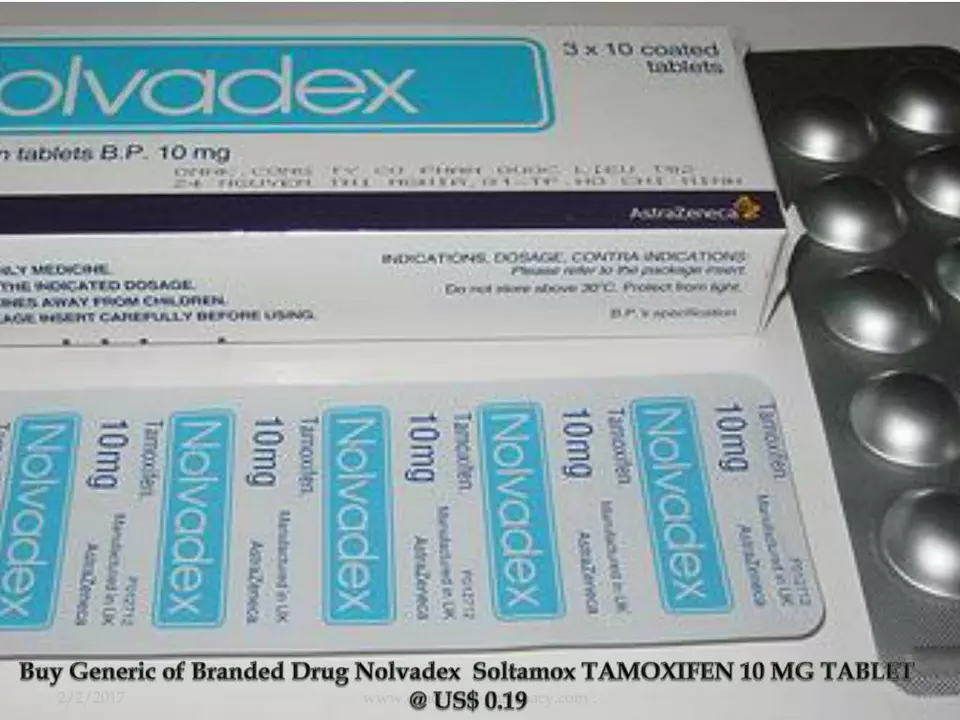Generic options: how to find safe, cheaper drug alternatives
Most people pay too much for medicine without realizing a cheaper, equivalent option exists. Generic options usually contain the same active ingredient as brand-name drugs and can cost 50–80% less. That’s real money back in your pocket, but only if you know what to check before switching.
Know what a true generic is
A true generic matches the brand drug’s active ingredient, strength, dosage form, and route of administration. The FDA (or your local regulator) approves generics after testing shows they’re bioequivalent — meaning they act the same in your body. Look for the active ingredient name on the label, not the brand name. That single step avoids confusion and helps you compare prices across pharmacies.
Be careful with look-alike products that use different salts, combinations, or release mechanisms. For example, immediate-release versus extended-release versions can behave very differently. If you’re switching a chronic medication (blood pressure, cholesterol, thyroid, mental health), talk to your prescriber first and ask for monitoring plans.
Practical checks before you switch
1) Compare active ingredients: Match the chemical name (like lisinopril, not the brand). 2) Check dosage and form: 10 mg tablet should replace a 10 mg tablet, not a 5 mg twice-daily dose. 3) Verify approval: Use your country’s drug regulator site (FDA, EMA, TGA) to confirm the generic is approved. 4) Read the patient leaflet: Side effects and interactions are usually the same; the leaflet flags major risks. 5) Ask your pharmacist: They can explain small differences and whether therapeutic monitoring is recommended.
If cost is the main issue, ask about manufacturer coupons, pharmacy discount cards, or therapeutic alternatives that are cheaper but still effective. Some clinics offer samples or low-cost programs for common generics like metformin, levothyroxine, or statins.
Watch out for two common traps: first, foreign online sellers that advertise huge savings but won’t provide proof of authenticity or approvals. Second, confusing “store brand” or “private label” drugs that may differ in inactive ingredients — usually fine, but if you have allergies or a sensitive stomach, double-check.
Switching stable chronic meds should include follow-up. Check blood pressure, blood tests, mood, or symptom control within a few weeks after a change. Minor differences in fillers or manufacturers sometimes change absorption slightly — monitoring avoids surprises.
This tag collects practical guides and alternatives for many common drugs — from blood pressure and cholesterol meds to antibiotics and contraceptives. Use the articles to compare options, learn how to order safely online, and find monitoring tips. If you ever feel unsure, your doctor or pharmacist is the best next move; they can tailor the choice to your health and budget.



